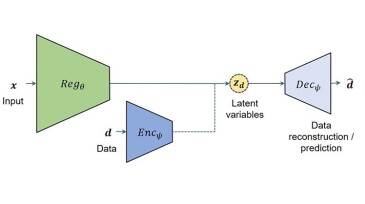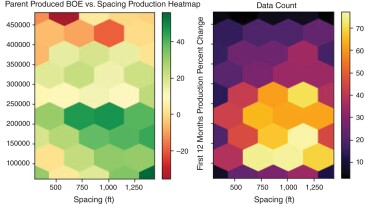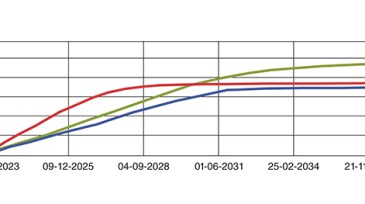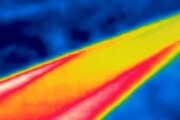DSDE: In Theory
-
This research addresses the bottlenecks experienced in supply-chain management (SCM) in an African hydrocarbon company. These bottlenecks slow down processes and make the procedures tedious, leading to operational inefficiencies. This paper discusses the security of the SCM data and the overall automation of the procurement value chain, providing transparency to the s…
-
The authors discuss the development of a deep-learning model to identify errors in simulation-based performance prediction in unconventional reservoirs.
-
This paper discusses a waterflood optimization system that provides monitoring and surveillance dashboards with artificial-intelligence and machine-learning components to generate and assess insights into waterflood operational efficiency.
-
The authors of this paper develop a model that can predict well-risk level and provide a method to convert associated failure risk of each element in the well envelope into a tangible value.
-
The authors write that child-well performance increases with spacing and decreases with infill timing and that the parent cumulative production at child-well completion is an effective indicator of child-well performance.
-
This paper discusses the strategy, approach, and challenges faced in the adoption and implementation of an onsite and remote automated-drilling performance measurement.
-
The authors of this paper propose a novel approach to data-driven modeling for transient production of oil wells.
-
The authors of this paper describe a fiber-optic diagnostic method based on Rayleigh frequency shift that provides new insights about the characteristics of the near-wellbore region during production.
-
This paper describes a novel distributed quasi-Newton derivative-free optimization method for reservoir-performance-optimization problems.
-
This paper describes a development plan for an oil field discovered in a remote offshore environment in the Niger Delta that uses a probabilistic approach to estimate the STOOIP using low, mid, and high cases.
Trending Now on DSDE
Get JPT articles in your LinkedIn feed and stay current with oil and gas news and technology.














